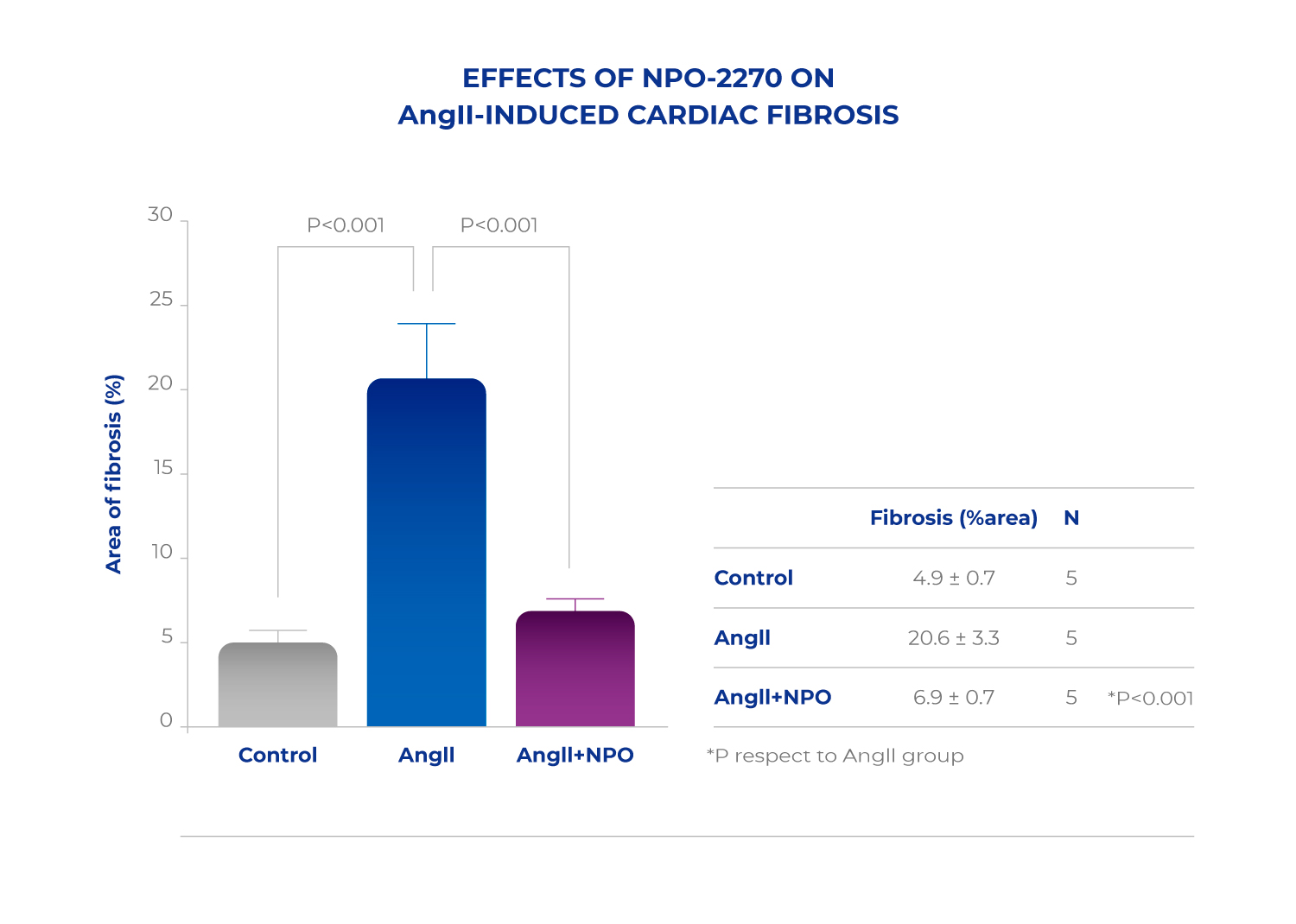Heart failure complicating myocardial infarction is common and there is a strong relationship between degree of heart failure and mortality.
The incidence of heart failure among patients hospitalized for an acute myocardial infarction varies among studies, ranging from 14% to 36% (1). Interstitial fibrosis participates in myocardial remodeling and contributes to increased myocardial stiffness, altered diastolic and systolic function, and excessive risk of arrhythmia.
Reperfusion after an acute myocardial infarction can produce additional cell death that irreversibly affects cardiac function, and no treatment has been demonstrated to sufficiently prevent this adverse outcome.
Calpain 1 inhibition has demonstrated beneficial effects in ischemia/reperfusion and heart failure models (2); however, no sufficiently potent calpain 1 inhibitor drugs have been reported to date. A potent calpain 1 inhibitory effect, together with excellent pharmacokinetic properties and lack of toxicity, have made compound NPO-2270 (3)(4) a promising candidate for the treatment of adverse post-infarction remodeling (5).
References
(1) Hellermann JP et al. Heart failure after myocardial infarction: A review. Am J Med 2002; 113:324–30
(2) Letavernier E. et al. The role of calpains in myocardial remodelling and heart failure. Cardiovasc Res 2012; 96, 38-45
(3) Aluja D et al. Efficacy of the New Calpain Inhibitor NPO-2270 Compared with Enalapril in Mouse Models of Ventricular Remodeling and Heart Failure. Circulation, 2021; 144:A10154
(4) Inserte J et al. Efficacy of the new calpain inhibitor NPO-2270 compared with enalapril in mouse models of heart failure. J Am Coll Cardiol. 2022 Mar, 79 (9_Supplement) 287
(5) Creemers EE, Pinto YM. Molecular mechanisms that control interstitial fibrosis in the pressure-overloaded heart. Cardiovasc Res 2011; 89:265-272


